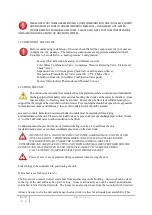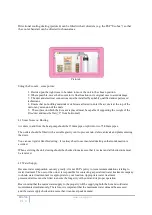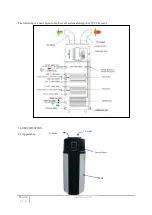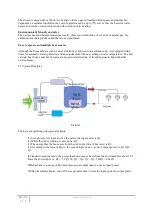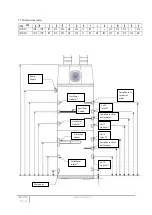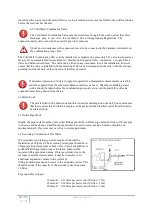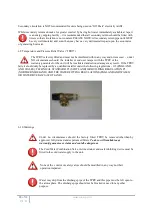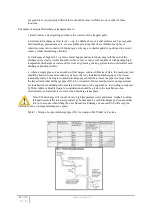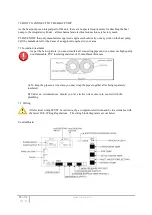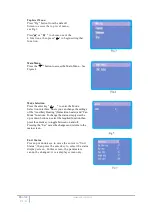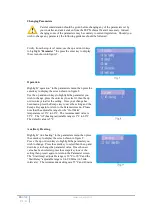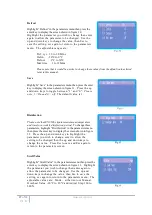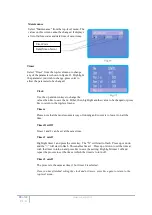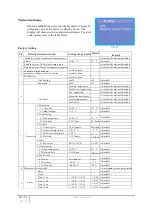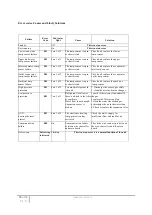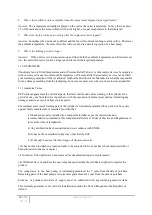
21
of 34
V 1.0
www.esavep.com
not possible or is practically difficult there should be clear visibility at one or other of these
locations.
Examples of acceptable discharge arrangements are:
i. ideally below a fixed grating and above the water seal in a trapped gully.
ii. downward discharges at low level; i.e. up to 100mm above external surfaces such as car parks,
hard standings, grassed areas etc. are acceptable providing that where children may play or
otherwise come into contact with discharges a wire cage or similar guard is positioned to prevent
contact, whilst maintaining visibility.
iii. discharges at high level; e.g. into a metal hopper and metal down pipe with the end of the
discharge pipe clearly visible (tundish visible or not) or onto a roof capable of withstanding high
temperature discharges of water and 3m from any plastic guttering system that would collect such
discharges (tundish visible).
iv. where a single pipe serves a number of discharges, such as in blocks of flats, the number served
should be limited to not more than 6 systems so that any installation discharging can be traced
reasonably easily. The single common discharge pipe should be at least one pipe size larger than
the largest individual discharge pipe (D2) to be connected. If unvented hot water storage systems
are installed where discharges from safety devices may not be apparent i.e. in dwellings occupied
by blind, infirm or disabled people, consideration should be given to the installation of an
electronically operated device to warn when discharge takes place.
Note: The discharge will consist of very high temperature water and steam. Asphalt, roofing
felt and non-metallic rainwater goods may be damaged by such discharges and you must take
this in to account when fitting the unit. Should such damage be caused, ESP will accept no
liability for any consequent damage so caused.
Table 1 - Sizing of copper discharge pipe (D2) for common T&P relief valve sizes.


